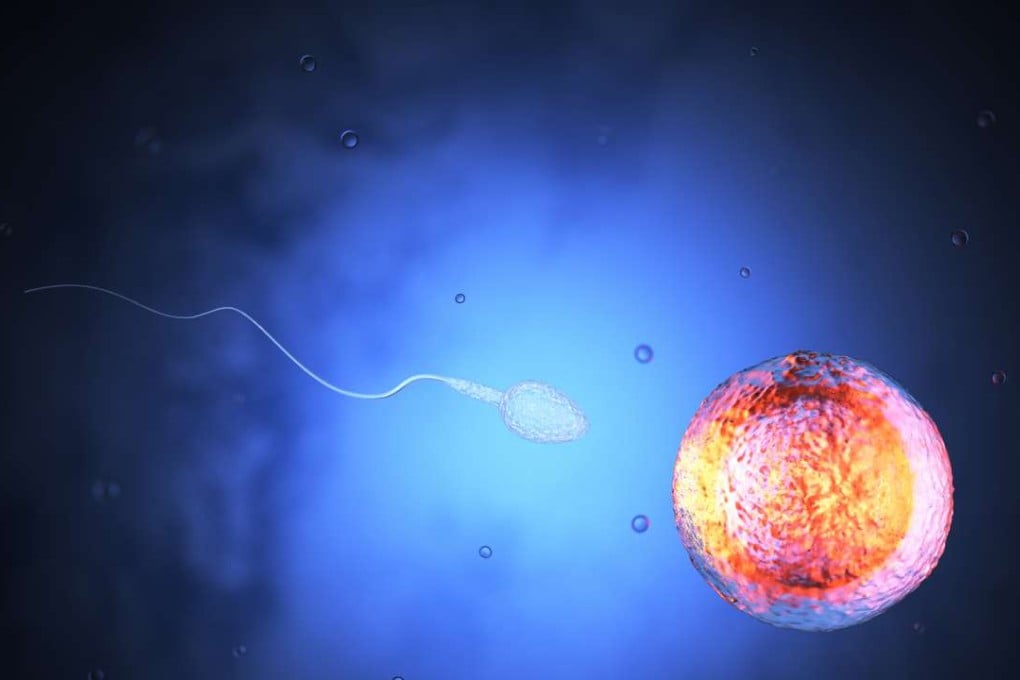Five things to know about IVG – a new way to have babies by turning any cell in our bodies into sperm or egg cells
Already trialled in mice, IVG or in vitro gametogenesis is the next frontier in reproductive medicine, allowing infertile people, same-sex couples, groups of more than two, or individuals, to become parents

Sperm from a man’s testes and an egg from a woman’s ovaries must come together for fertilisation to eventually produce offspring – it’s basic biology, isn’t it? Well, perhaps not in the future. A new experimental lab technology rapidly advancing in mouse studies suggests that some day, embryos could be created by reprogramming any type of adult cell to become a sperm or egg cell.
Known as in vitro gametogenesis (IVG), the technique would allow not only the medically infertile to have wholly biological children – that is, not involving any donors – but also same-sex couples, groups of more than two people, and even a single individual. IVG could also make prenatal selection a much more refined and comprehensive process than it is today, allowing for the selection of embryos that result in “perfect” children.
In a newly published commentary in the journal Science Translational Medicine, a trio of scholars from Harvard and Brown universities in the US argue that while IVG could unravel the fundamental mechanisms of genetic forms of infertility and pave the way to a range of new therapies, it also raises a number of vexing legal and ethical questions that society should address before IVG becomes ready for mainstream clinical use in human patients.

Existing assisted-reproduction technologies such as in vitro fertilisation (IVF) and mitochondrial replacement therapy still require gametes – the sperm and the egg – that come from a man and a woman. But that’s not the case for IVG.
